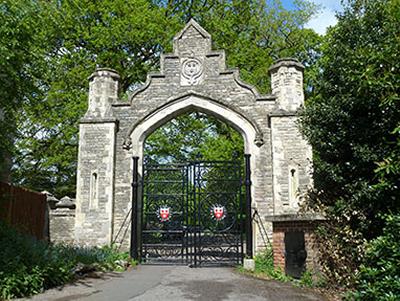
What did a “good death” look like in the past – and how do we want to die today?
In crowded cities, how do we make room for the dead?
Over the past two hundred years ideas of how we should dispose of the dead and remember them have changed dramatically. In early nineteenth century Britain achieving a "good death" was very important. Fancy funerals, black mourning costume and carefully-planned cemeteries helped those left behind to mourn.
But this wasn’t all they did. They also provided a chance to show off to the neighbours, to claim a status in death denied in life. In this course we will look at how people made space for the dead in their lives and in the cities that they built. We will be visiting local cemeteries and the crematorium as part of this course, as well as handling original artefacts from Southampton Museum - including mourning jewellery made out of dead people’s hair.
In many countries today death is a taboo – a subject rarely discussed. We will ask why this is. Looking to the future, we will consider whether social media like Facebook and Instagram can provide a virtual place to remember the dead.
The academic organising this topic is Dr Jonathan Conlin, Senior Lecturer in History.